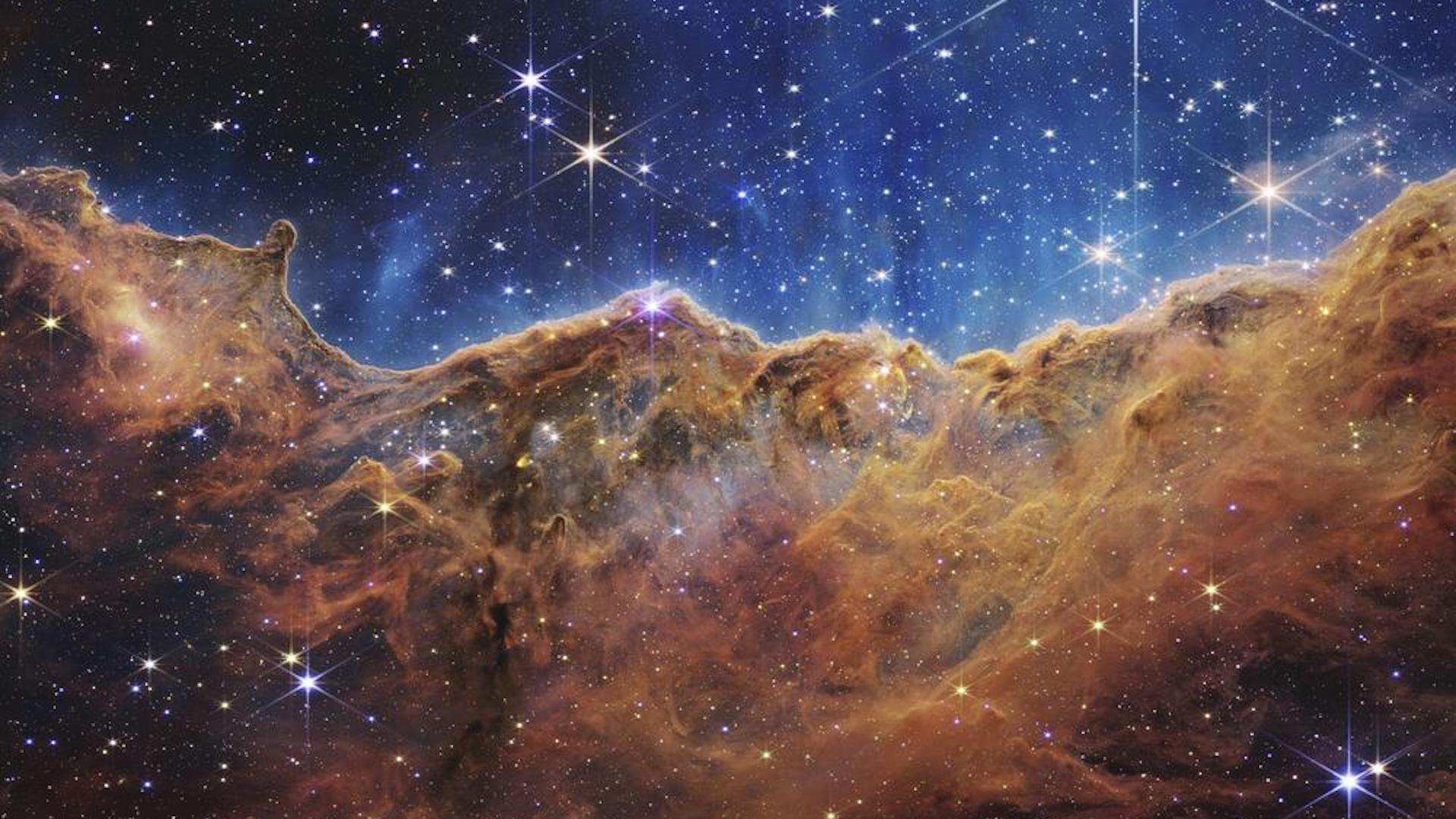Top 10 of 2022: Scientific Breakthroughs
January 13, 2023
From advancements in AI and renewable energy to out of this world discoveries from space exploration, 2022 was full of groundbreaking innovations. Along with immense scientific progress, we saw math researchers of all ages achieve success in the field of number theory. Here are ten remarkable breakthroughs that have helped transform the way we view the world.
10. ChatGPT
ChatGPT is an advanced AI chatbot developed by OpenAI. It takes in a question and generates a response, mimicking a conversation with a real person. ChatGPT can create essays, write and debug code, explain complex ideas, give advice, and more. The versatility of ChatGPT has helped its popularity skyrocket. Less than a week after its release, ChatGPT gained one million users. However, ChatGPT can only create responses from its training data, so it’s not guaranteed to always provide accurate responses. ChatGPT has also raised concerns about cheating and plagiarism.

9. Plants Grown in Lunar Soil
Fifty years after the Apollo Missions, scientists at the University of Florida managed to successfully grow plants with soil brought back from the missions. Although the plants experienced stunted growth due to the lunar regolith, this discovery is an important step for eventually cultivating plants on the moon. These findings will help NASA develop a plan for supporting a sustained human presence in space. They can also aid scientists on Earth by allowing them to better understand plant growth in harsh environments.

8. Hydrogen-Powered Trains
In August, Germany introduced Coradia iLint, the world’s first hydrogen-fueled trains. Each train contains a fuel cell that combines hydrogen and oxygen to produce electrical energy. The trains produce no carbon dioxide, reducing carbon dioxide emissions by 4,400 tons annually. They are also quieter and have lower maintenance costs than diesel trains. Although Germany is the first country to use hydrogen-powered trains, it won’t be the last. Italy and France are also currently working to bring Coradia iLint to their countries.

7. James Maynard (Fields Medal)
James Maynard, a professor at the University of Oxford, earned the 2022 Fields Medal for his contributions to number theory. Maynard has employed novel techniques to tackle challenging questions about prime numbers. In 2013, Maynard proved that there exist infinitely many pairs of primes with a difference of at most 600. Since then, Maynard has also proved that there exist infinitely many primes that don’t contain a certain digit, along with a statement about large gaps between prime numbers.

6. Daniel Larsen (Carmichael Numbers)
At the age of 18, Daniel Larsen earned fourth place in the 2022 Regeneron Science Talent Search for his project on Carmichael numbers, composite numbers that behave similarly to prime numbers. In 1994, mathematicians discovered that there exist infinitely many Carmichael numbers. However, they were unable to determine where these numbers occur. Using Maynard’s work, Larsen proved Bertrand’s Postulate for Carmichael numbers, which states that there always exists a Carmichael number between a number and its double, for sufficiently large numbers.
5. Frontier Supercomputer
The Frontier supercomputer at the U.S. Department of Energy’s Oak Ridge National Lab is the world’s most powerful supercomputer, operating at a speed faster than the next seven best supercomputers combined. It is the first supercomputer to pass the threshold of exascale, or one quintillion operations per second. Frontier is also currently the second most efficient supercomputer in the world. The supercomputer will help scientists tackle problems in various fields, including disease diagnosis, renewable energy, nuclear fusion, and vaccine development.

4. NASA’s Double Asteroid Redirection Test (DART)
DART was the first ever mission that intentionally changed the trajectory of a celestial object. The DART spacecraft collided into the asteroid Dimorphous, shortening its orbit around a larger asteroid by 32 minutes. The spacecraft was destroyed on impact. This strategy is known as kinetic impaction and involves a transfer of momentum to the target asteroid. DART is part of NASA’s planetary defense initiative, which aims to protect Earth against potential asteroid collisions.

3. Complete Human Genome
In 2003, the Human Genome Project sequenced 92% of the human genome sequence. Since then, scientists have been working to map the remaining 8%, which they achieved in 2022. For the first time, they were able to completely map the centromeres, a region of the chromosome involved in cell division. The full genome will help scientists better understand diseases caused by genetics, such as cancer. Scientists are working on sequencing more human genomes to see how genetic variations impact diseases.
2. Nuclear Fusion Energy Breakthrough
For the first time in history, scientists achieved nuclear fusion. Nuclear fusion is a reaction where two atomic nuclei collide and form a larger nucleus, releasing energy in the process. In December, a fusion experiment at the National Ignition Facility created about 50% more energy than used to initiate it. This breakthrough has profound implications for tackling climate change, as fusion is a clean energy source. However, there is still a long way to go before fusion can be generated at a large enough scale where commercial fusion energy is a possibility. Fusion could also help advance national defense through the development of nuclear weapons.

1. James Webb Space Telescope
Taking the top spot on this list is the James Webb Space Telescope, NASA’s largest and most powerful telescope. It uses infrared light to capture images of the universe from up to 13.6 billion years ago. The main goal of the Webb mission is to study the formation and evolution of the first galaxies and stars in the universe. So far, the telescope has taken images of the Carina Nebula, Stephan’s Quintet, Pillars of Creation, Titan, and more. It has also revealed the first evidence of carbon dioxide in the atmosphere of an exoplanet.






